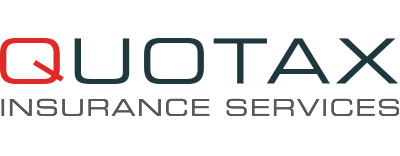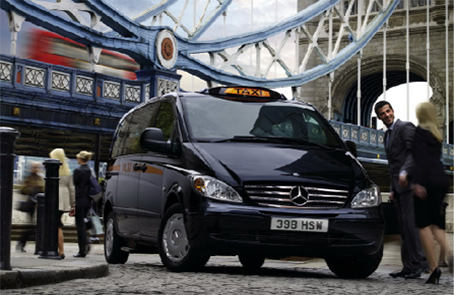Uber, Vans and TFL bring London traffic to a standstill
It doesn’t take long walking or driving around London to realise that London is one huge traffic jam.
TFLs bus lanes, the cycle highway, the increase in number of Private Hire vehicles has made London the most congested city in Europe.
12 years ago Ken Livingstone launched a daily charge on certain vehicles entering the city, currently London traffic speeds are at their lowest since 2003 and very nearly below pre-congestion charge levels.
TFL have launched a £4bn road improvement programme for the next 7 years but the current traffic conditions are set to cause them a headache even with this extra funding.
Following the launch of the congestion charge traffic delays were cut by 26% although since then the delays have worsened.
Road space has decreased in the capital by other projects such as the Cycle Superhighways, a dedicated lane for cyclists that was bitterly opposed by the London Taxi trade. Other losses of road space have been attributed to roadworks, large construction projects. This is said to have reduced capacity by about 30% since 1996.
Bus trips in the capital have increased by a massive 70%, Vans and lorries have increased as consumers order more and more goods online. The number of Vans registered in the UK has increased 57% between 1994 and 2013 and now make more than 1/5th of the morning traffic.
Uber the minicab app has led to an increase of Private hire numbers by 26% and TFL are continuing to issue nearly 1000 more licences a week, this is a concern shared by the London Taxi trade who have been actively protesting at TFLs continued licencing of more vehicles. The Mayor of London is looking at limiting the number of Licences for Private Hire vehicles but this is not likely to happen anytime soon.
London Black Taxi numbers have remained steady for the last 10 years at roughly 22,000.
London’s air quality has continually broken Air quality limits and more traffic produces more pollution especially slow moving traffic.




